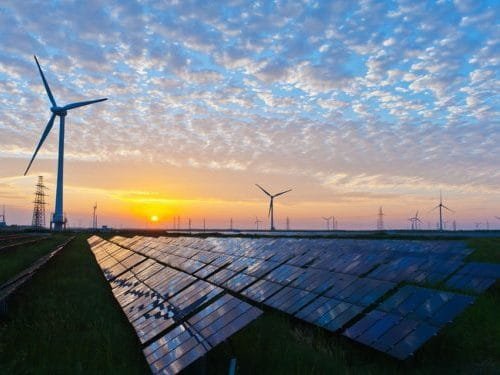Summary
- Ontario’s electricity system operator has secured new power supply from 10 battery storage facilities and three natural gas and biogas facilities to meet the province’s electricity needs until the 2030s.
- The province has broken records with the largest battery storage procurement in Canadian history.
- While controversially including natural gas and biogas generation that increases greenhouse gas emissions, Ontario aims to eventually transition to non-emitting sources of electricity generation by 2050.
Ontario’s electricity system operator has secured new power supply from 10 battery storage facilities and three natural gas and biogas facilities, which should meet the province’s needs until the 2030s.
Energy Minister Todd Smith said new projects across the province such as three electric vehicle battery plants highlight the need to secure a steady supply of electricity.
“We have now broken records once again by completing the largest battery storage procurement in Canadian history and securing the electricity generation we need to power the next major international investment, the new homes we are building, and industries as they grow and electrify,” he said in a statement.
Combined with a previous round of new generation, the IESO said Thursday’s announcement means the province will have enough electricity for the rest of this decade.
The new 20-year contracts are for electricity supply set to come online between 2026 and 2028.
They include 1,784 megawatts of battery storage projects, which can charge during off-peak hours and inject energy back into the grid when it’s needed, including a 390-megawatt battery storage system in eastern Ontario that the government says is expected to be the largest storage facility procured in Canadian history.
Read the full post at The Energy Mix.





